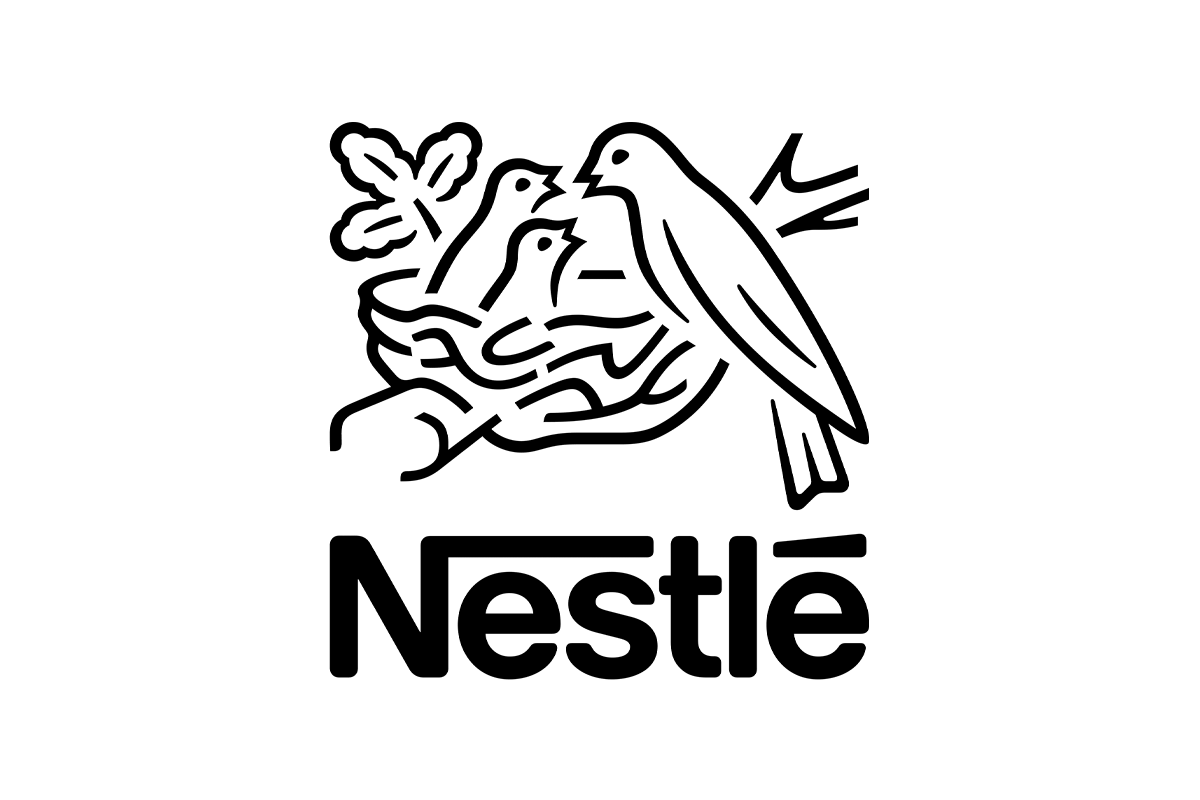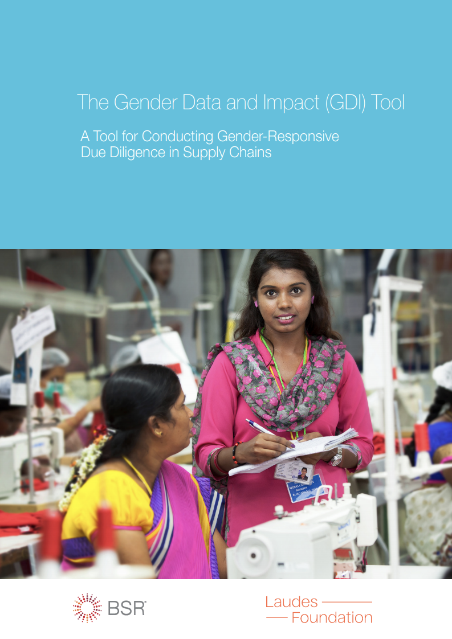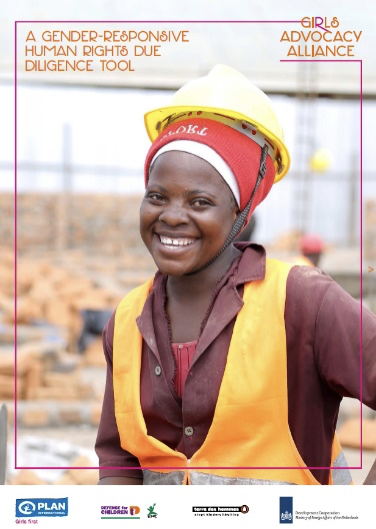The second step of the GRDD process starts with identifying human and labour rights risks, environmental risks, and specific gender risks. It includes assessing the likelihood of those risks occurring, their impact on stakeholders, and how urgently these risks must be mitigated. By analysing their root causes, a company can determine how to effectively mitigate these risks and structurally address the underlying causes.
Conducting a gender-responsive scoping assessment means that the likelihood of risks and their impacts are analysed by gender. It is necessary to actively look for gender-specific risks as these may be hidden due to prevailing gender norms and inequality. It is important to consult a women’s rights experts to help identify and uncover gender-specific risks. Doing so ensures that the scoping assessment becomes complete, which is necessary to identify as it entails scoping specific gender risks that affect women disproportionally. The scoping process consists of four actions:
1. Carry out a gender-responsive human rights scoping exercise
A company can start by scoping all areas of its business, across its operations and relationships and including in its supply chains. This is done by identifying the activities, geographies or products where human rights risks are most likely to be present while paying attention to gender-specific risks. Such risks could relate, for example, to unequal access to and control of productive resources, services, and employment opportunities. Key stakeholders, including suppliers as well as civil society and women’s rights organisations, should be involved to identify and assess the gender-specific human rights risks and their impacts.
2. Carry out in-depth risk assessments in order to specify actual and potential adverse impacts.
Each of the risks that are identified in a company’s scoping exercise should be assessed further to gain an understanding of the adverse impacts they could cause. Gender can influence both the likelihood of occurrence as well as the impact of generic human rights risks. Carrying out this assessment in a gender-responsive way means that a company examines the extent to which risks affect women differently:
- What is the likelihood of the risk occuring for women?
E.g. Women employees are significantly more likely to experience sexual harassment than men. - What is the significance of the actual or potential harm for women?
E.g. Putting tight timelines in place, causing suppliers to demand overtime from their workers, tends to have a bigger impact on women due to the household and childcare work that women do at home before and after work.
Adopting a gender lens also entails realising that the experience of risk may vary between different groups of women. Young women may face more harassment than older women. Pregnant women and mothers may experience an increased likelihood of job termination. Women from marginalised religious or ethnic groups might face greater or different types of discrimination.
To ensure no gender risks are missed in a company’s risk analysis, there are both sector-specific and generic resources and frameworks to support the process. The eight Building Blocks of Women’s Economic Empowerment is one such framework that supports companies in assessing gender-specific supply chain risks. Each building block is key to advancing women’s economic empowerment. As a company you can use this framework to consider the extent to which women may lack access to these building blocks in different parts of the supply chain. The 8 building blocks are:
- Access to equitable and safe employment;
- Access to equitable education and training;
- Access to and control over economic resources and opportunities;
- Voice in society and influencing policy;
- Freedom from the risk of violence;
- Freedom of movement;
- Access to and control over reproductive health and family formation;
- Social protection and recognition of unpaid care work.
The building blocks also support enterprises committed to going beyond the due diligence process to invest more broadly in gender equality. An overview with more detailed descriptions of each building block is listed in the Resources section at the bottom of this page.
3. Assess the company’s involvement with the actual or potential adverse impacts identified in order to determine the appropriate responses
A company’s activities can directly cause or contribute to adverse impacts. The type of involvement influences the action that can be taken to address the impact. Whether a company causes an adverse impact itself or contributes to the impact indirectly through its business partners or suppliers determines the actions necessary to take to mitigate that impact. Addressing adverse impacts is explained in Step 3.
4. Prioritise the most significant risks and impacts for action.
While all risks should be addressed, it might not be possible to address all at the same time. Therefore, it is important to identify which risks should be prioritised and what actions should be taken to mitigate these risks. Having assessed the likelihood and impact of risks with a gender lens, a company will have the data needed to make more informed decisions about the ones that should be prioritised.
A company is assessing whether its workplace and supply chains are safe places to work for all employees. It has sent out a questionnaire to its own employees and to its suppliers to be filled out by suppliers’ employees. The questionnaire asks amongst others if employees feel safe at work and if they have a good relationship with their manager. The questionnaire asks respondents to specify the department in which they work, and to name their manager. Additionally, it includes questions on age, tenure and gender. The response rate is around 40%, which satisfies the company. The results show overwhelmingly that employees consider their workplace a safe place. Based on these results the company concludes that there are no major safety risks in its workplace and supply chains.
A company is assessing whether its workplace and supply chains are safe places to work for all employees. Before sending out a questionnaire to all employees, the company ensures responses are anonymously captured and analysed. Furthermore, in communications about the questionnaire, the company highlights this anonymity to the employees. The questionnaire also includes a definition of sexual harassment, so employees understand what type of behaviour is unacceptable and should be reported. The company analyses the gender composition of the respondents to ensure the questionnaire has a significant response rate from all genders. The company complements the findings from the questionnaire with an analysis of cases reported through its grievance mechanism, and external data on the occurrence of sexual harassment in each of the countries where it is active.
Through this analysis, the company finds that there is a certain manager that behaves indecently towards his women employees. They follow-up on these findings with appropriate action.







